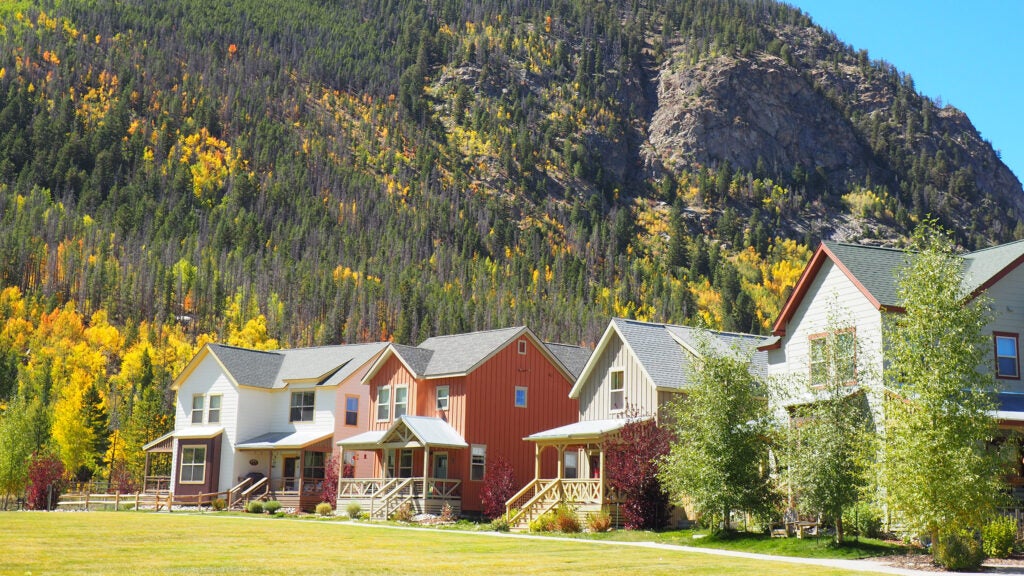Tamara Pogue is a member of the Board of County Commissioners in Summit County, Colorado. Her primary focus is finding community-based solutions to workforce housing challenges and maintaining affordability for working families in our mountain community.
When Senator Mike Lee (R-UT) proposed selling off millions of acres of public lands across 11 western states, he falsely claimed it would help solve the West’s affordable housing crisis.
It took about a minute to realize how unserious Senator Lee’s proposal actually was. It wasn’t about housing. In fact, there were no provisions for affordability, and worse, no guardrails to prevent the country’s wildest peaks and breathtaking vistas from being sold to the highest bidder.
But now that the political whiplash has subsided, and Lee’s proposal excised from the Senate’s sweeping reconciliation bill, the question remains: Could public land be used to house people?
To be sure, the vast majority of our public lands aren’t suitable for housing. They aren’t near a town. They lack road access and basic infrastructure, like water and sewer. In fact, most of these lands are being used at their highest and best purpose: for wildlife habitat and public recreation—the entire point of “America’s best idea.”
There is, however, another idea for housing on public lands that’s already being put to work today.
In 2018, the bipartisan Farm Bill signed by President Trump, enabled the long-term leasing of Forest Service (USFS) administrative sites to entities like the one I help manage as a key to addressing the west’s housing crisis.
These “admin sites” aren’t the wild and scenic places where we play—in fact, you’ve likely driven by them without giving them a second glance. They’re boneyards for equipment, with old buildings that sometimes serve as housing for Forest Service wildland firefighters, or they even sit empty.
Summit County, Colorado, signed a lease on a USFS administrative site near the town of Dillon back in 2023. This parcel, located across the street from the town, and just a mile from a major grocery store, is now the site of a development that will contain up to 162 units of housing for critical USFS firefighters, rangers, and other workers in the county.
The land has been surveyed, the utilities are available, and the buildings have been designed—all without the need to sacrifice, or wantonly sell, any of the amazing public lands we here in Colorado’s high country cherish and welcome millions each year to enjoy.
Repurposing these sites through legislation that already exists is a model built on a partnership with the USFS, and one that keeps whole what makes our economy run and our people thrive. Now, we need the current Administration and new USFS leadership to continue to collaborate with us to see this project through to completion.
There’s a silver lining to the justified panic over the sale of public lands. It shines a bright light on an important conversation about housing and public lands that my fellow commissioners and I, along with our friends at the Forest Service, are eager to share. It also offers D.C. policymakers a chance to advance housing solutions that the public can actually get behind.


